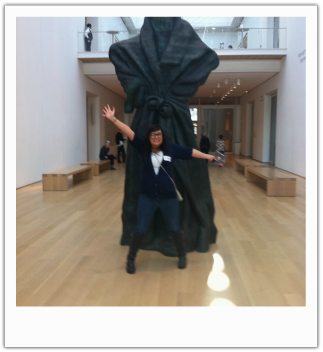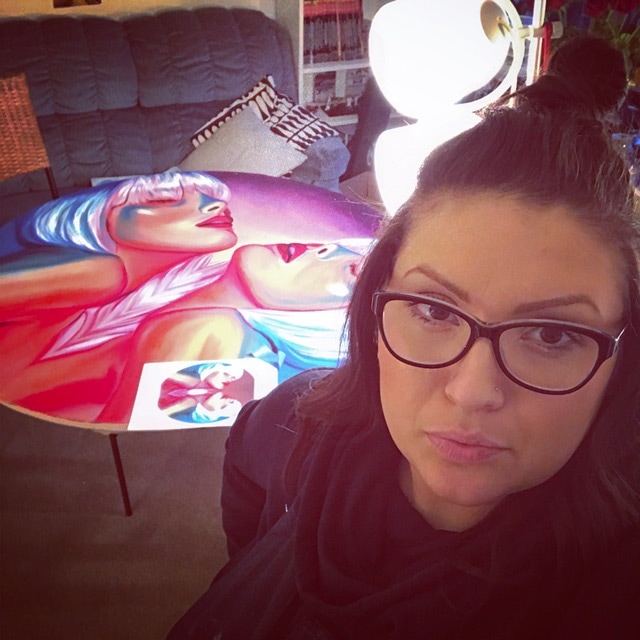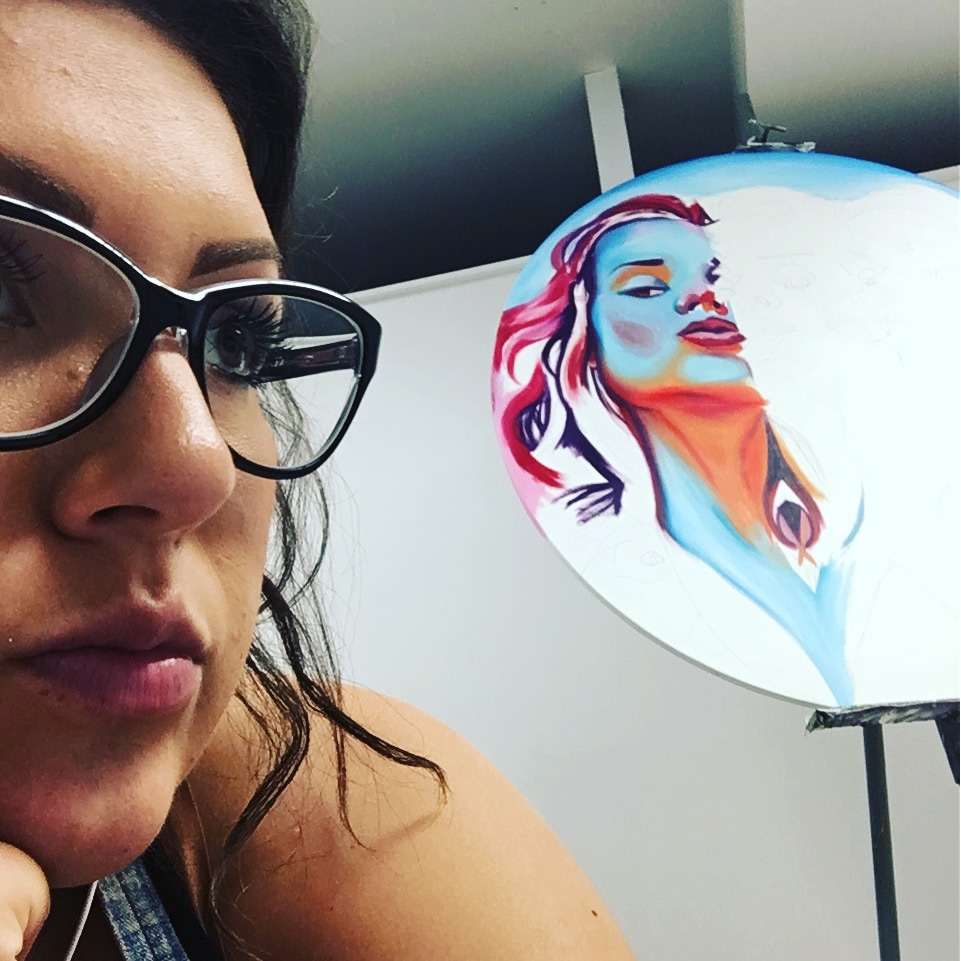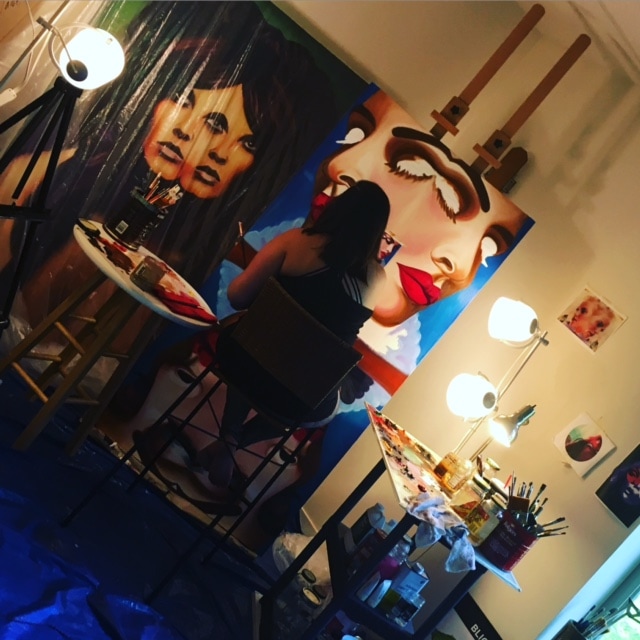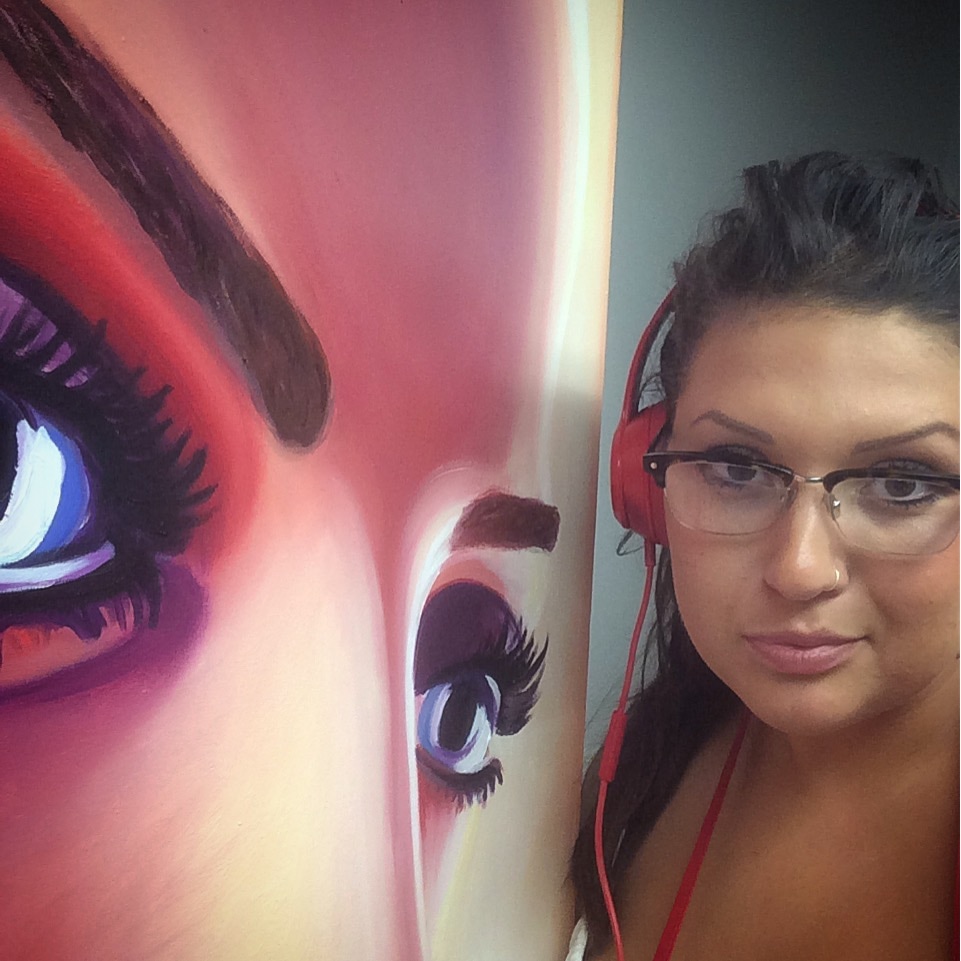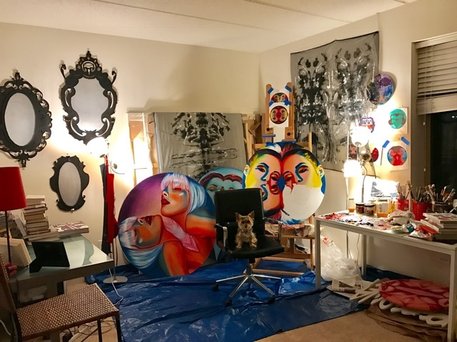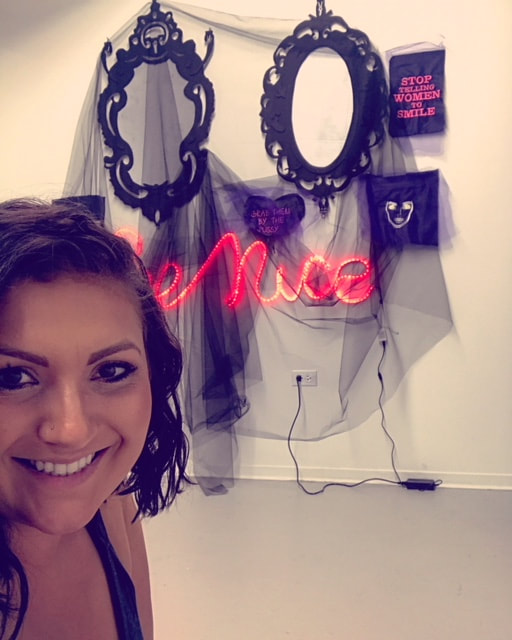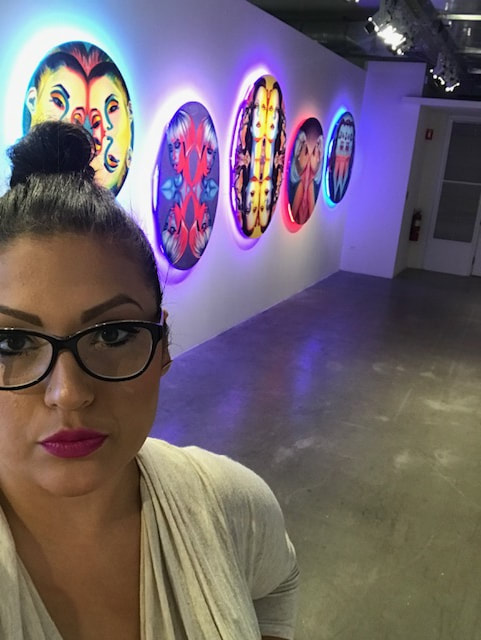About Me.
|
My name is Michelle Carrasquilla, I am an artist and teacher from the northern suburbs of Chicago. I grew up in the Chicagoland area and currently reside in Seattle Washington where I teach high school art.
EDUCATION
Master of Fine Arts School of the Art Institute of Chicago Bachelors of Science in Arts and Education; Type 10 Certification Northern Illinois University University of Iowa Esthetics License |
